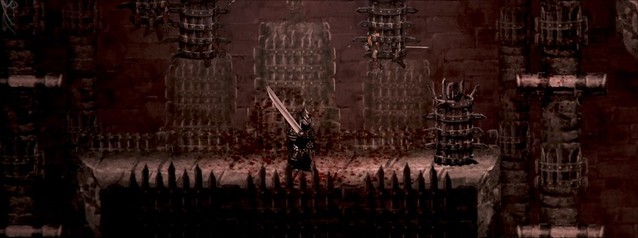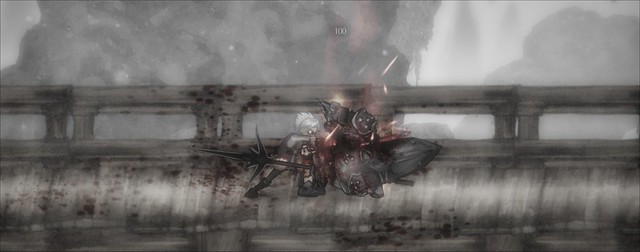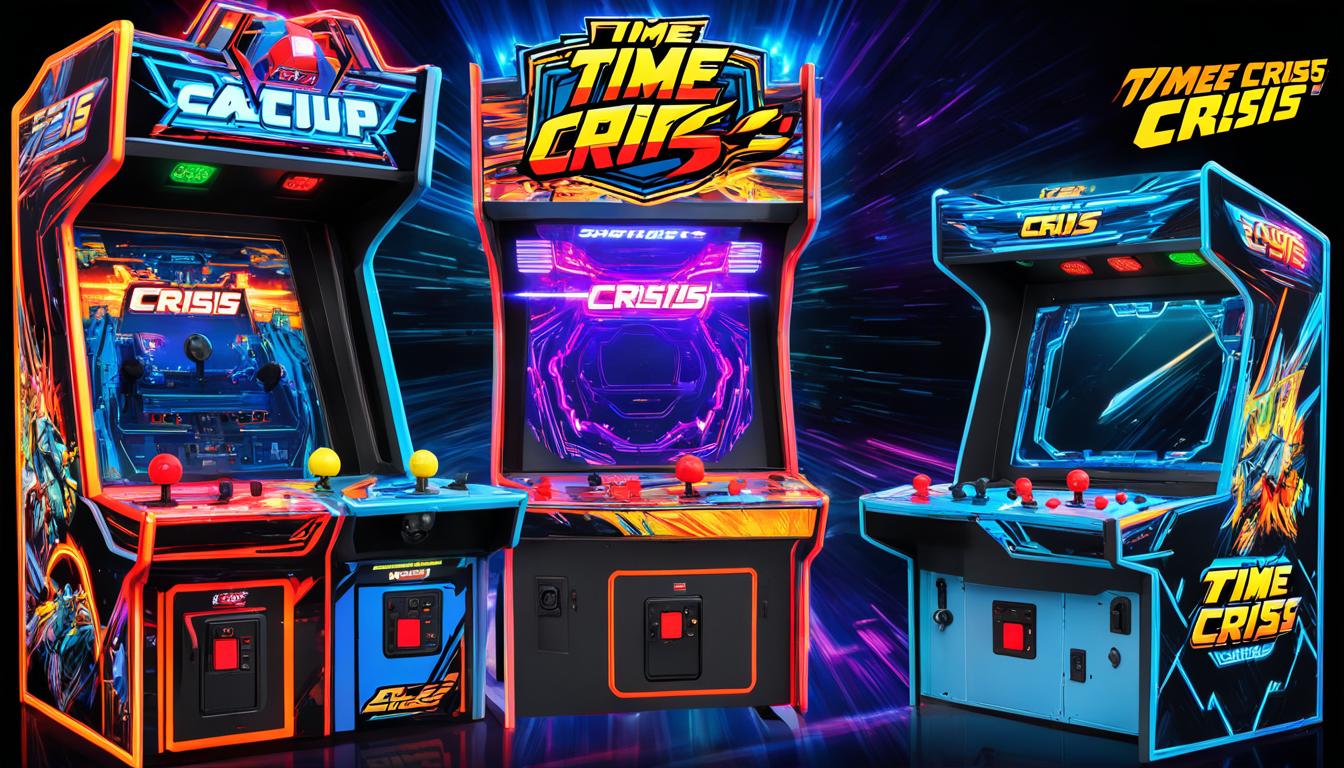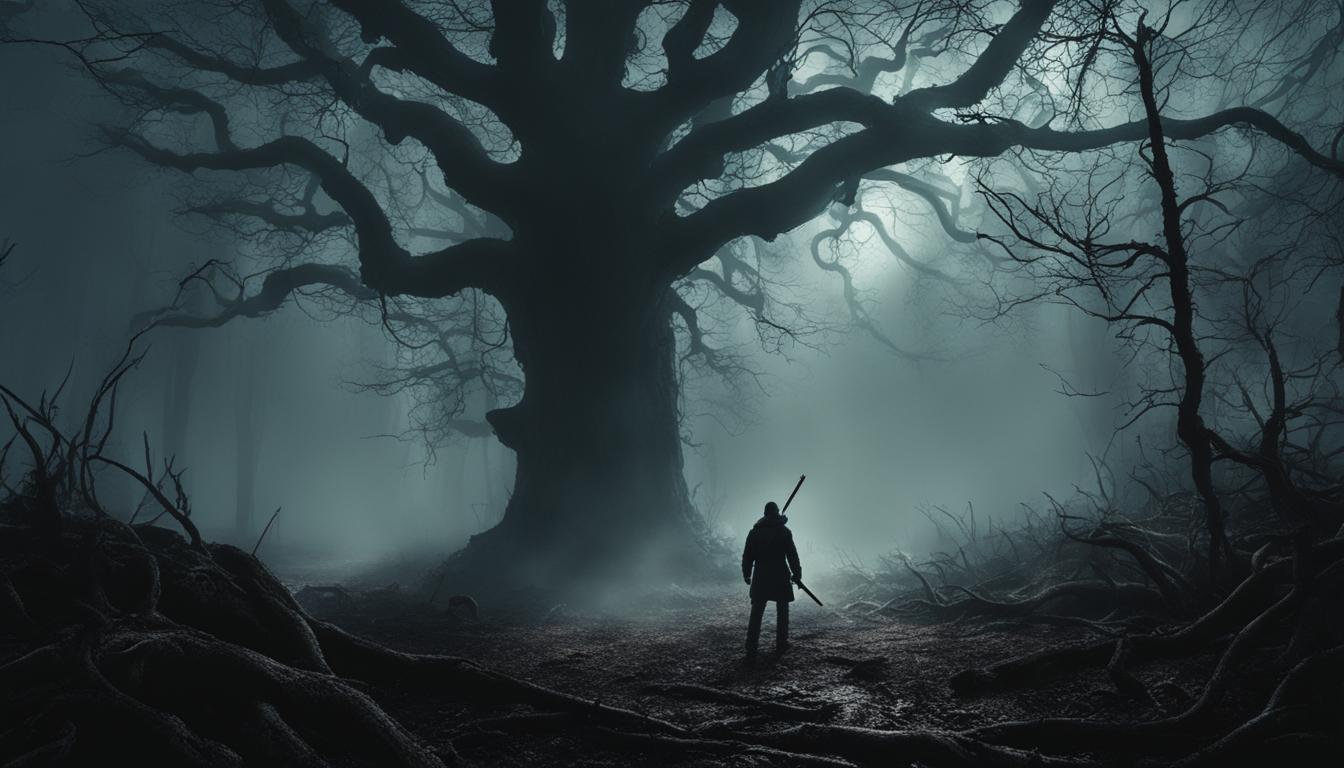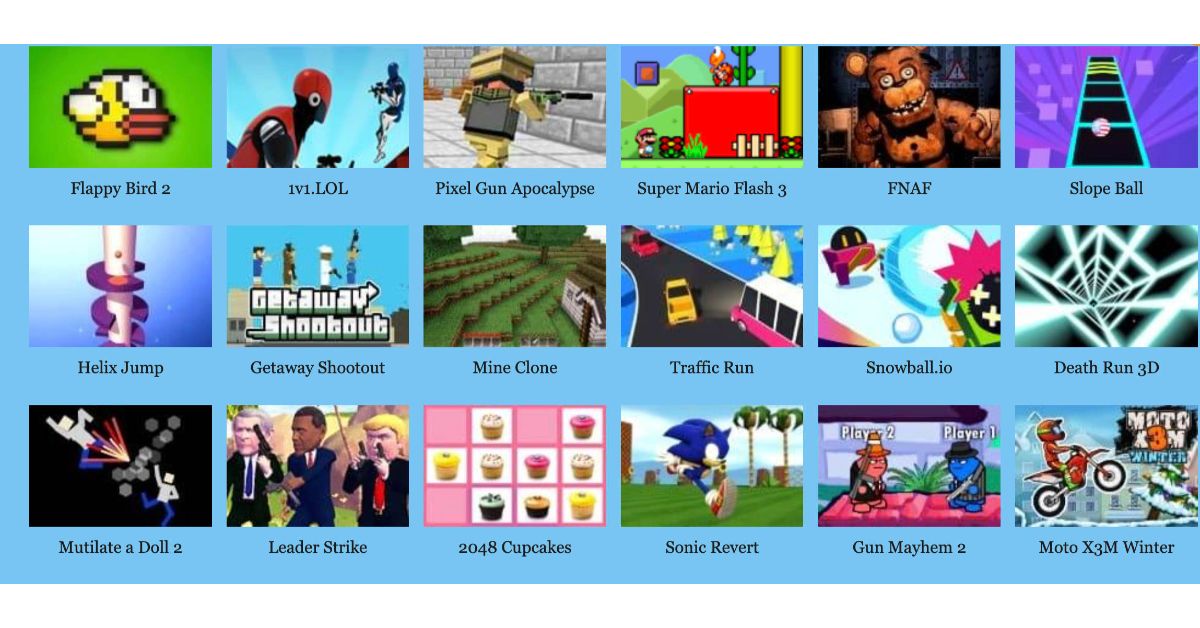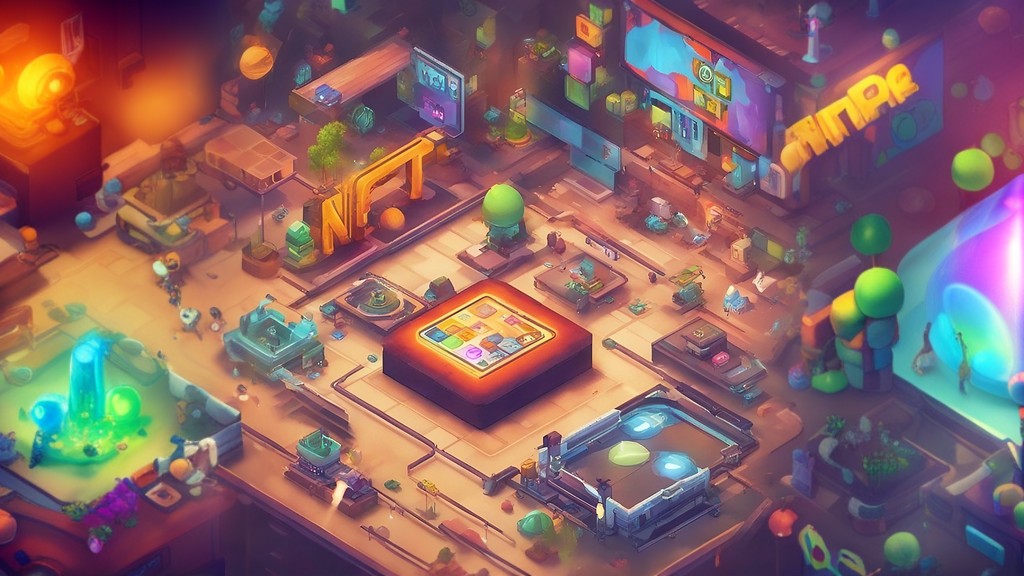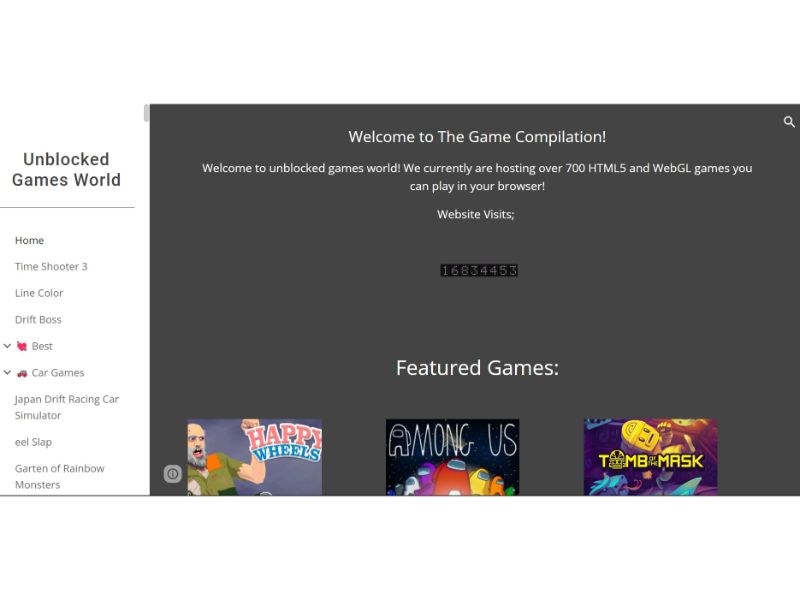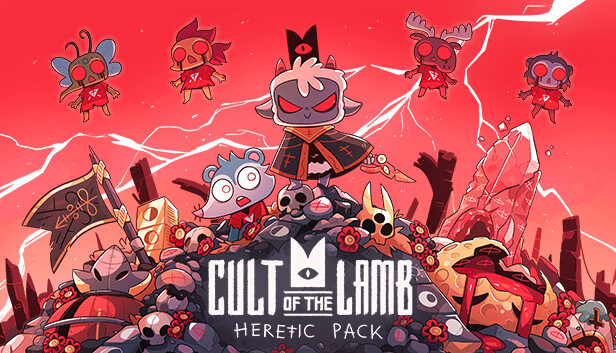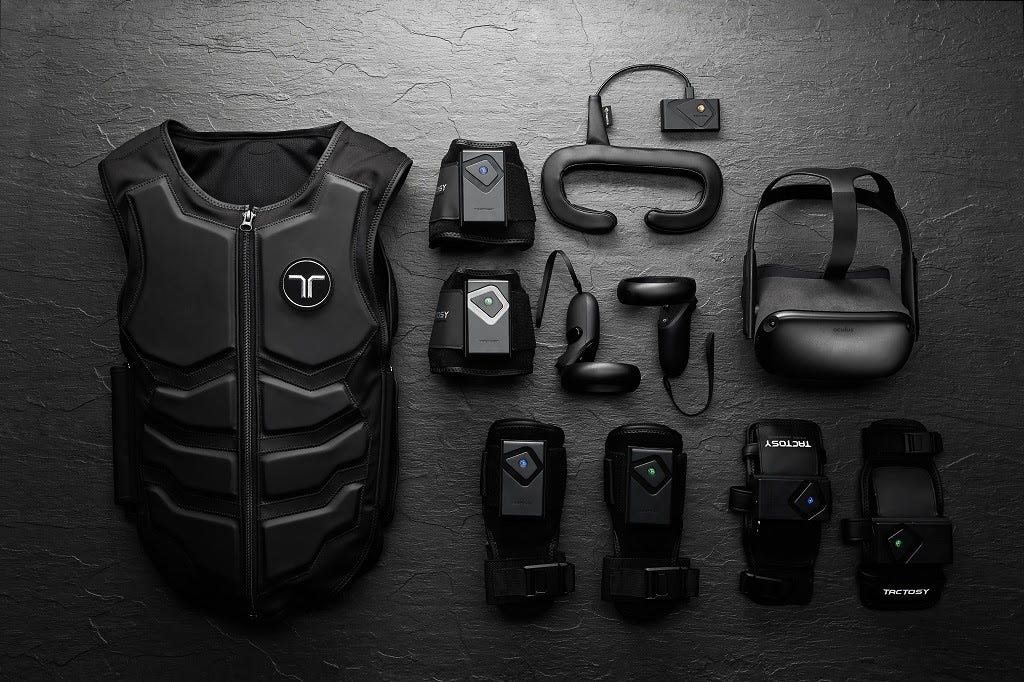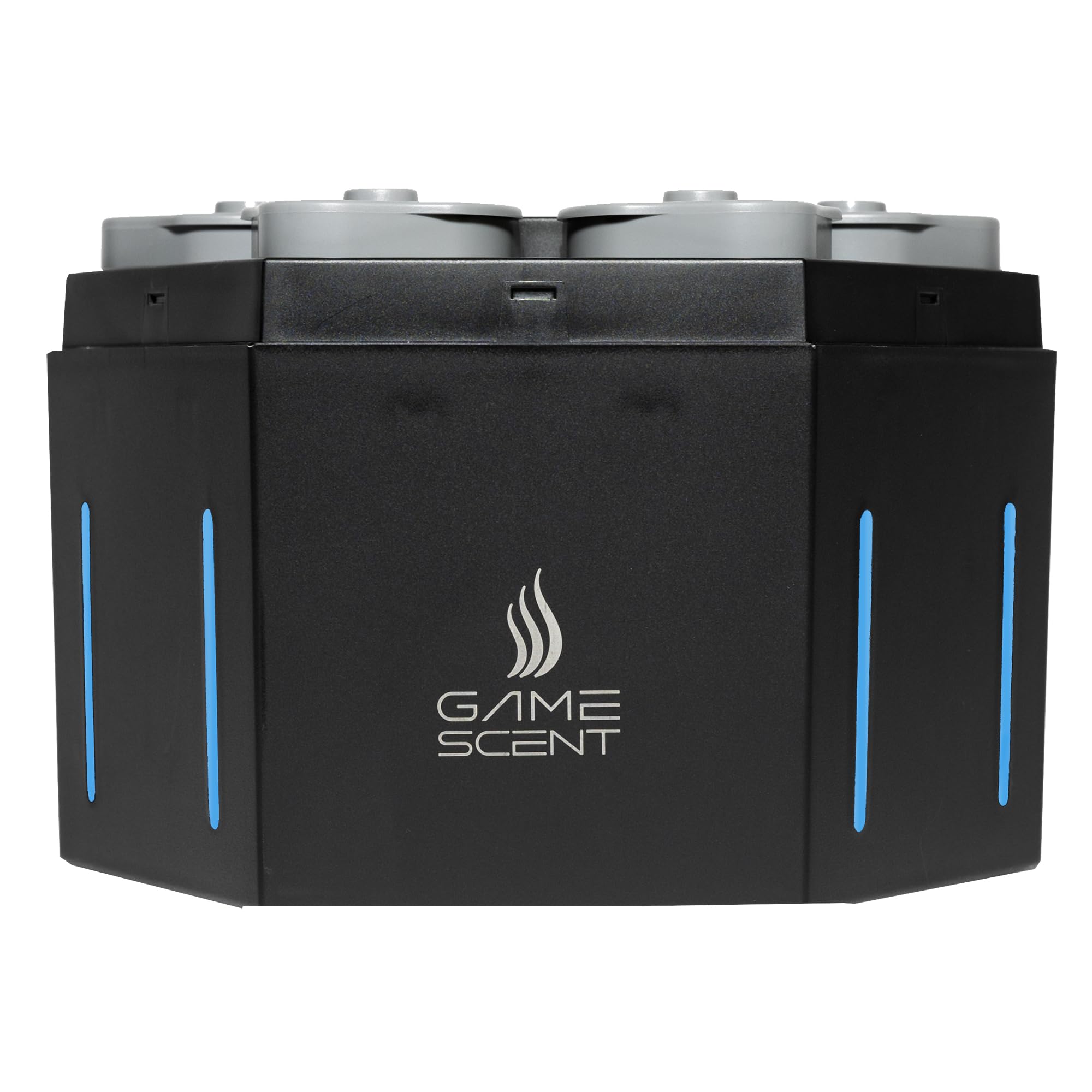[Disclosure: A review code was provided for the contents of this article]
Now, we all know that imitation is the sincerest form of flattery, but sometimes people take the saying very, very literally. Like the people who made Salt and Sanctuary, for example. A two dimensional platformer that has been doing the rounds on PC, Vita and both of the Xbox One and PS4 since 2016, Salt and Sanctuary has recently dodge-rolled its way onto Nintendo Switch, bringing with it gameplay that is so clearly inspired by Dark Souls that I don’t know why the designers didn’t seek to license it as such, somehow!
It’s amazing, really, how often games seek to be like Dark Souls and fail despite being mechanically similar, yet this one, which is fundamentally different (it’s a Metroidvania style game, really) manages to capture the feel of From Software’s now iconic series so accurately. Salt and Sanctuary is a dark, foreboding game that is as dark and foreboding as it is cruel. When I played it for the first time, I breezed through the opening areas without so much as taking a hit – but then I came across the first boss and much as I had in every Souls game, I died. Then I died again.
That’s when I began to realise just how many systems and features are pinched directly from, erm, From. Firstly, when you die, you’ll lose your experience (known here as Salt) which will drop in the location where you met your demise, awaiting your return. Fail to return there and that experience will be lost forever – making retrieving it an undertaking that you’ll likely want to focus on. As this will often be wherever the most recently encountered boss is, it can make retracing your steps all the way through a level a nerve racking experience to say the least. If this doesn’t sound bad enough, Salt and Sanctuary is actually worse than Dark Souls in some respects, because whilst salt can be recovered, gold (which is separated from salt, unlike the souls currency in Dark Souls) is lost immediately upon death.
Whilst death and the reclamation of your hard earned salt might be the most obvious link to Dark Souls, there are many others. For starters, all attacks in Salt and Sanctuary are linked to a stamina bar that depletes with each swing – or when you dodge. Armour adds weight, which increases the amount of stamina spent by dodging, whilst of course making you more resistant to damage when it does land. You can even rest at sanctuaries, which light up in much the same way as bonfires do – and now you know exactly where this game gets its name.
What is different (and perhaps the reason why Salt and Sanctuary gets away with being what it is) is because it’s presented in its own unique (and grimly beautiful) way. As I said earlier, we’re talking about a two-dimensional Metroidvania style game here, so for all of the combat and interface similarities the game shares with the Souls games, it actually looks very different and demands very different things. Like jumping – lots of jumping. The two dimensional world of Salt and Sanctuary is one of the most interesting that I’ve encountered in a Metroidvania game that I’ve seen in a long time and where Souls games tend to feature small, tightly woven levels that feel bigger than they are, Salt and Sanctuary uses its two dimensions to deliver a lot of horizontal sprawl, punctuated by some excellent vertical sections.
Another thing I like about Salt and Sanctuary is the art style, mostly. I love the high quality animation and the way that characters move throughout, which has a silkiness that seems to fit with the demands of the game play. As I hinted at earlier, when the player character adds weight to his armour, he becomes slower and the change is immediately noticeable in the way he moves – which is largely a product of superb animation. The difference between weapons (both wielded by and against) is also noticeable thanks to the art style and these things combined give Salt and Sanctuary a weighty combat that I don’t think I’ve ever quite experienced in a two dimensional game before.
Salt and Sanctuary is an excellent example of how one game can borrow liberally from another, whilst also introducing a few new (at least relative to the game it is emulating) concepts that make it stand out on its own. Where Salt and Sanctuary is concerned, that difference is the two dimensional style and the fabulously weighted combat. Judged as a metroidvania game, Salt and Sanctuary is a very solid effort that I think finds a real home on the Nintendo Switch – especially when played on the move. As a Dark Souls game, well, it’s just not – even if it does share similar concepts. Shifting from a three dimensional world into two dimensional one saves Salt and Sanctuary from being another also-ran and as such, you should:

